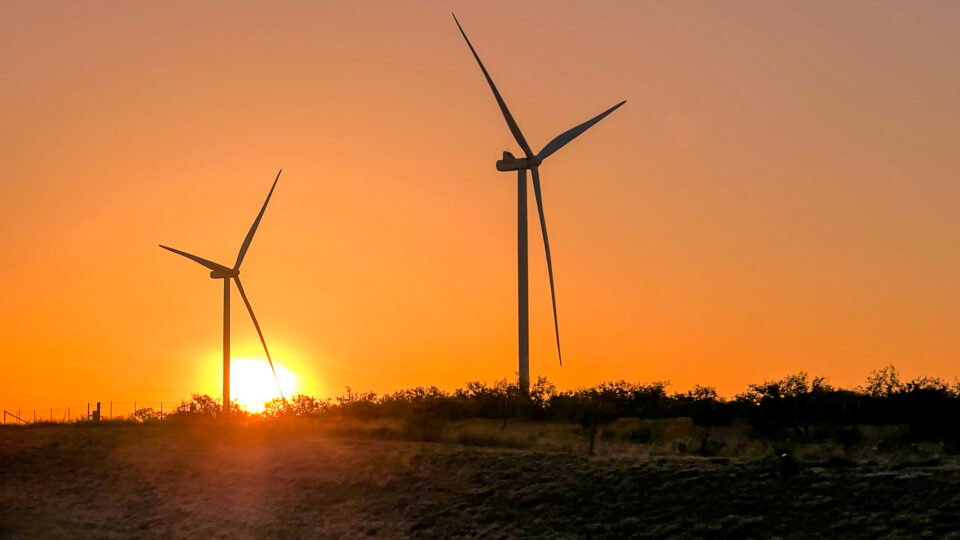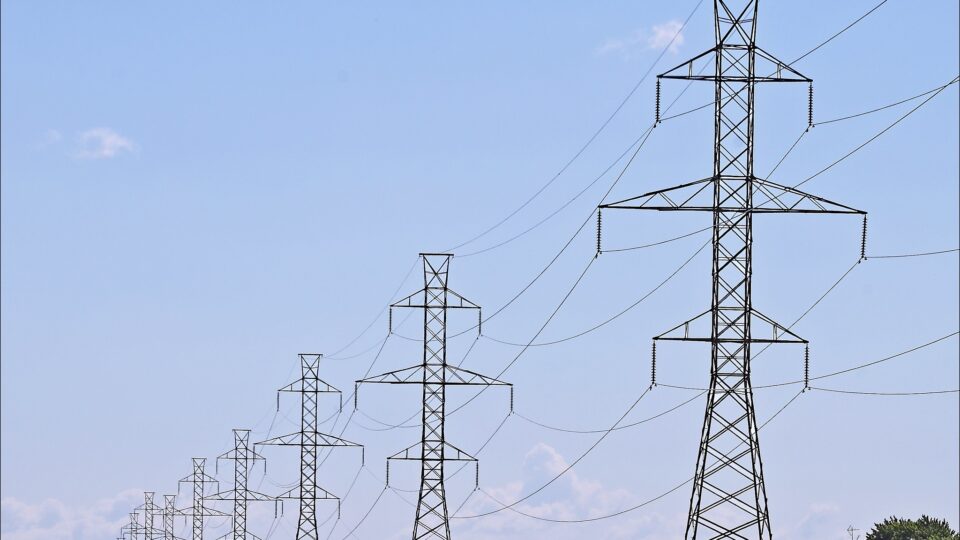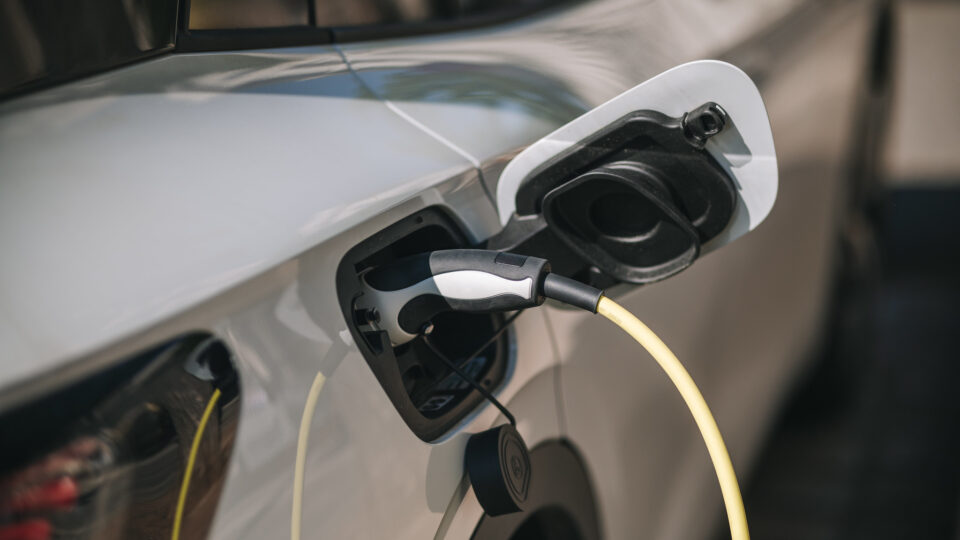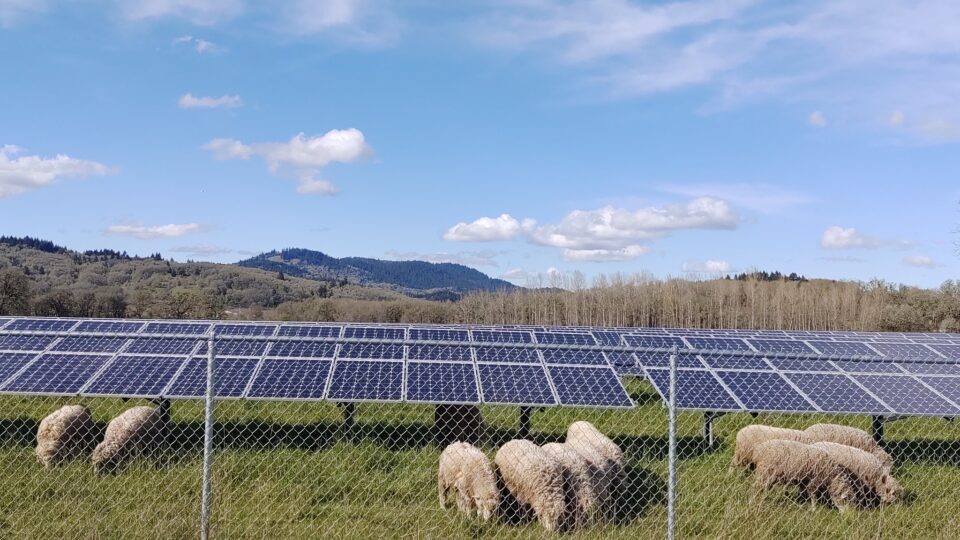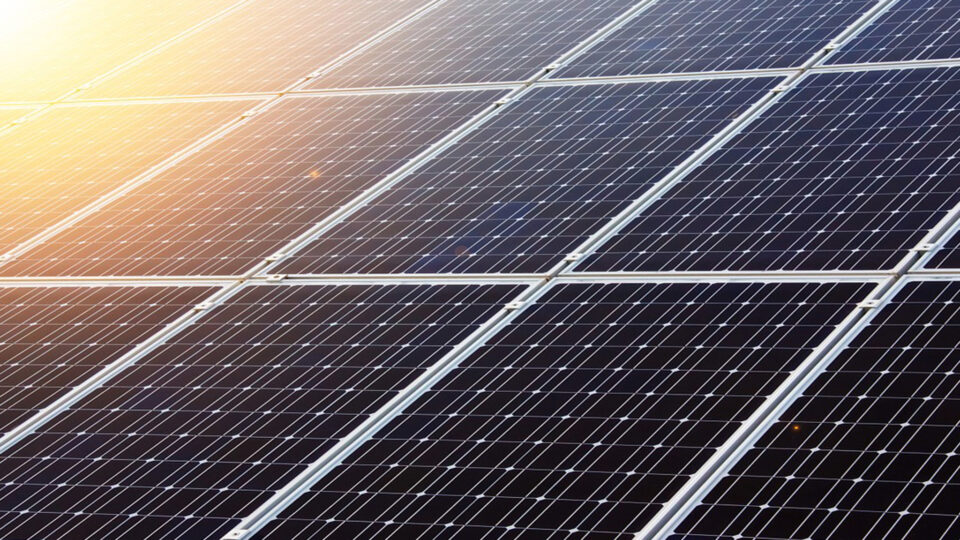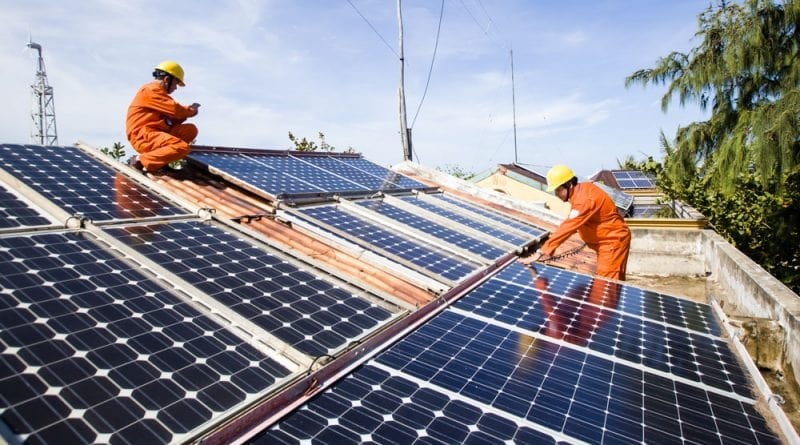All across the country, electric utility companies are starting to use giant batteries to counteract the biggest weakness of renewable energy; namely, that the sun doesn’t always shine, and the wind doesn’t always blow. Solar panels and wind turbines can keep generating energy when people don’t need it and batteries can store up that energy for when they do.
Over the past three years, battery storage capacity on US grids has grown by a factor of ten adding up to 16 gigawatts. This year, it is expected to double again, led by massive growth in Texas, California, and Arizona.
California generates more electricity from solar power than any other state. But it has a timing problem: solar power is plentiful during the day, but it disappears in the evening when people get home from work and start using lots of electricity. The previous solution was to burn lots of fossil fuel to produce it.
This has been changing thanks to battery storage. Since 2020, California has installed more giant batteries than anywhere else in the world other than China. Batteries are gradually replacing fossil fuels for California’s evening power needs. On the evening of April 30th, for example, batteries supplied more than 20% of California’s electricity. This is equivalent to the output of seven large nuclear reactors.
Batteries have multiple uses in the grid. They handle big swings in generation from renewable sources, they reduce congestion on transmission lines, and they help to prevent blackouts during heat waves. Batteries are starting to eat into the market for fossil fuels and will play an ever-growing role in the electricity grid. As the role of renewables grows, so will the role of batteries.
**********
Web Links
Giant Batteries Are Transforming the Way the U.S. Uses Electricity
Photo, posted December 5, 2022, courtesy of Jonathan Cutrer via Flickr.
Earth Wise is a production of WAMC Northeast Public Radio
